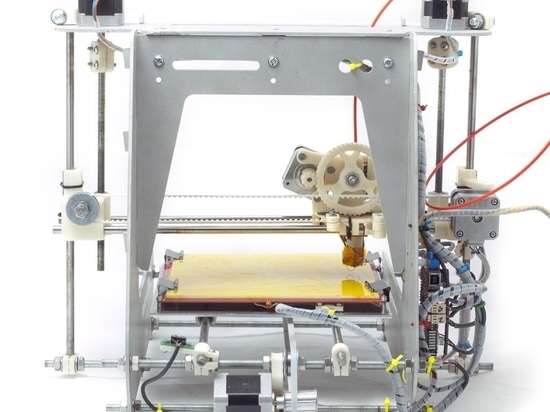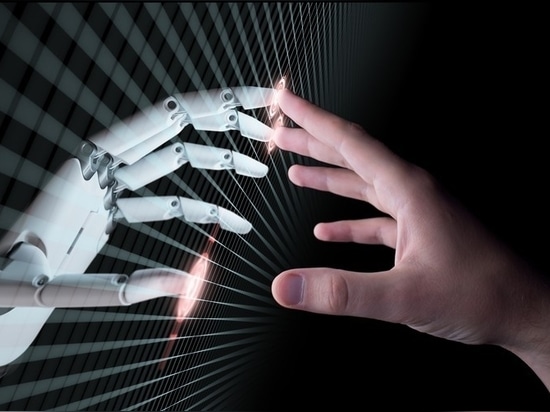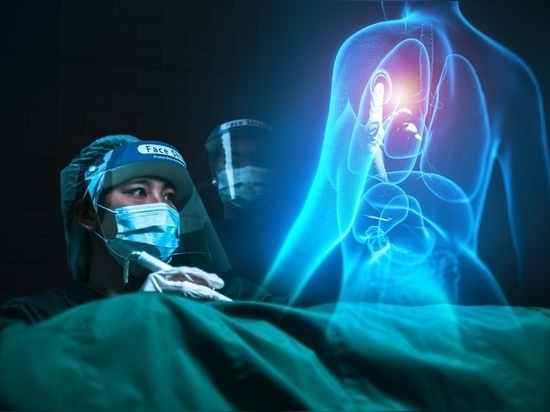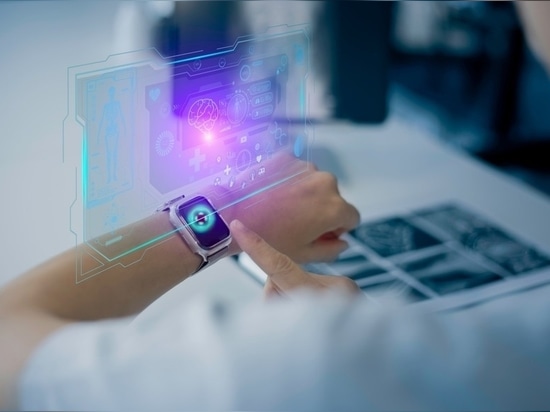
#Industry News
What Are the Medical Device Trends for 2023?
One industry hit hard by the pandemic was healthcare. A positive was it forced the broader sector to reexamine patient care and technology solutions. Medical device manufacturers were forced to scramble to keep up with these changes. So, what are the medical device trends for 2023?
10 Medical Device Trends to Watch Out for in 2023
Medical device manufacturers are currently focusing on technologies that automate manual processes, leverage patient health data, and improve patient care in 2023. Creative MedTech solutions met the challenge. We’ve compiled a list of 10 medical device trends to watch out for in 2023.
1. 3D Printing
The medical industry is rapidly adopting 3D printing technology because of its unique possibilities. 3D printing can have many medical applications, including:
● Create customized prosthetics or non-implantable “TRIALS” to assist with implantations
● Develop tools for surgical procedures
● Reproduce custom organs
● Create custom orthodontics
● Create patient-specific surgical models for training
The ability to create prototypes rapidly allows manufacturers to create custom medical devices quickly, reducing the demand-supply gap. 3D printing can also be very cost-efficient compared to traditional manufacturing technologies.
Click here to learn more about Global Strategic Solutions Consulting and GAP Assessment Services! https://globalstrategicsolutions.com/services/
2. 5G Technology
Like many other industries, the medical sector relies on the high-speed communications that 5G technology provides. The greater bandwidth of 5G enables healthcare providers to send large files like x-ray images and other scans in collaboration with other geographically dispersed medical professionals.
Click here to learn more about how 3G Network Shutdowns will Affect Medical Devices. https://www.linkedin.com/pulse/how-3g-network-shutdowns-affect-medical-devices-david-rutledge/?lipi=urn%3Ali%3Apage%3Ad_flagship3_pulse_read%3BCwknzdDkQN%2BwS0kQTbCeIg%3D%3D
5G also helps to provide telehealth services to remote facilities increasing access to healthcare for rural and underserved areas. 5G also improves the surgery quality of augmented reality (AR)-assisted procedures. For example, it allows doctors to convert 2D images into holograms in real time for improved diagnosis.
3. Artificial Intelligence
The medical field is turning to artificial intelligence (AI) to help in various ways. Ways that AI is impacting healthcare include:
● Processing and analyzing large amounts of data gathered by medical devices
● Health monitoring of wearable health trackers
● Digital consultation and virtual triage
● Automating and optimizing workflows
● Managing medical records
● Performing repetitive jobs
● Predictive analysis to identify diseases and the onset of medical conditions
● Enabling robotic and virtual reality (VR) surgeries
AI and Machine Learning (ML) allow the healthcare industry to lower costs, save time, and increase patient treatment quality. Click here to learn more about Artificial Intelligence and its Impact on Medical Devices. https://www.linkedin.com/pulse/artificial-intelligence-its-impact-medical-devices-david-rutledge/?lipi=urn%3Ali%3Apage%3Ad_flagship3_pulse_read%3BCwknzdDkQN%2BwS0kQTbCeIg%3D%3D
4. Cybersecurity
As quickly as technology has advanced, so have the capabilities and tactics of hackers. As a result, vast amounts of medical data are exchanged between multiple stakeholders, including patients, healthcare providers, suppliers, and manufacturers. In addition to the data privacy and security concerns, healthcare is becoming more reliant on wearable and other cloud-connected medical devices vulnerable to cyberattacks. The healthcare industry relies on cybersecurity to protect patients and other sensitive data and devices from security breaches.
Learn how Mythical Medical™ is responding to the revolutionary changes occurring in the European Union. Colorful images and charts throughout with free tools. Free on Amazon for Kindle users, $0.99 if you are not. The Paperback version is $14.99.
5. Genomic Medicine
Genomic medicine involves medical devices, including in vitro diagnostics, polymerase chain reactions (PCR), or recombinant DNA procedures. Then, using AI and machine learning (ML) connected with genomic data to tailor a specific care plan for an individual patient. The devices that collect genomic data can help medical professionals better understand different medical conditions and provide faster and more effective treatments. Genomic medicine is used in oncology, cardiology, pharmacology, infectious diseases, cystic fibrosis, and other conditions.
6. Immersive Technologies
The advances in medical imaging and videos allow for higher resolution but static images. Immersive technologies can overcome this limitation and provide doctors with a first-person perspective. Immersive technologies help medical professionals visualize interior parts of the body that are otherwise inaccessible.
Many medical companies are now leveraging augmented reality (AR), virtual reality (VR), and extended reality (XR) for training staff and improving patient rehabilitation and engagement. Manufacturers are also using these technologies to help improve product design.
7. Internet of Medical Things (IoMT)
The Internet of Medical Things (IoMT) is a variety of medical devices and applications that connect different IT systems in healthcare. The IoMT is the collection of medical devices and applications that connect to healthcare IT systems through online computer networks. Medical devices equipped with Wi-Fi allow the machine-to-machine communication that is the basis of IoMT. Remote monitoring using in-home IoMT devices lets patients share their medical data in real-time with their primary care providers.
Many hospitals also use IoMT-connected wearable devices to track the vitals and movements of their patients. Finally, IoMT devices and apps help healthcare systems improve operational efficiency, lower medical costs, and ultimately improve patient outcomes.
8. Medical Robots
One trend that continues in the medical industry is using medical robots. Robotic-assisted surgeries ensure that patients receive smaller incisions, have reduced blood loss, and recover faster than traditional surgery.
Clinics and hospitals often now deploy disinfecting robots to sanitize areas letting staff focus on patient engagement. Healthcare systems are also looking to use robots to help conduct exams and other procedures in rural towns using telepresence.
9. Minimally Invasive Devices
Minimally invasive devices help healthcare professionals overcome many of the challenges of invasive surgery, like large scars, infection risks, and slower recovery rates. New devices and techniques allow surgeons to make smaller incisions for procedures such as laparoscopies, robot-assisted, and endoscopies. Manufacturers are beginning to integrate miniaturized sensors into the tips of devices that provide instant feedback, like haptic vibrations, to operating surgeons. Using minimally invasive devices ultimately reduces healthcare costs while helping to improve patient outcomes.
10. Wearables
This is an exciting area for our sector. The advances in wearable technology have allowed them to be used for far more than simply counting steps. Wearable devices today can be used in healthcare for:
● Blood pressure monitoring
● ECG monitoring
● Biosensors
● Tracking stress levels
● Track sleeping
● Tracking sleep apnea
● Diabetes management
Wearable devices can remotely provide healthcare providers with patient vitals and other information in real time. They also help give patients a sense of control and responsibility for their recovery and overall health.
Click here to get in touch with Global Strategic Solutions! https://globalstrategicsolutions.com/contact/
Medical Devices Focused on Today’s Healthcare Challenges
The medical devices trending for 2023 are focused on overcoming the challenges that healthcare faces today. Healthcare systems are turning to AI to help automate many manual processes, workflows, and analyses to prevent and treat conditions. Cybersecurity is critical because it protects sensitive patient data and many modern, wireless, and IoMT devices that healthcare systems rely on today. Virtual technologies and medical robots are changing how surgeries are conducted. The explosion of wearable devices is now providing healthcare providers with actionable, real-time data on their patients remotely, improving patient engagement and outcomes.





